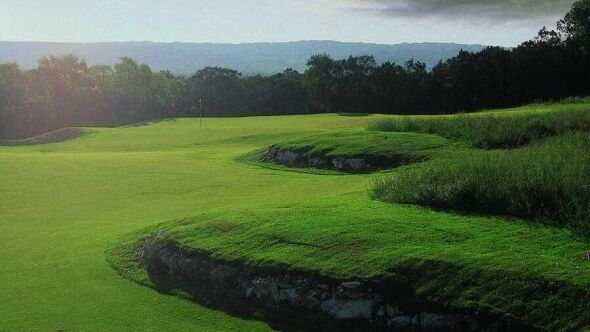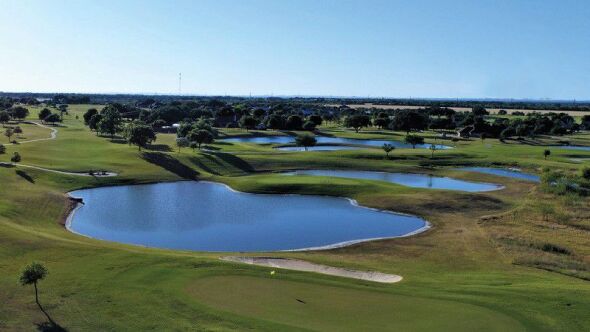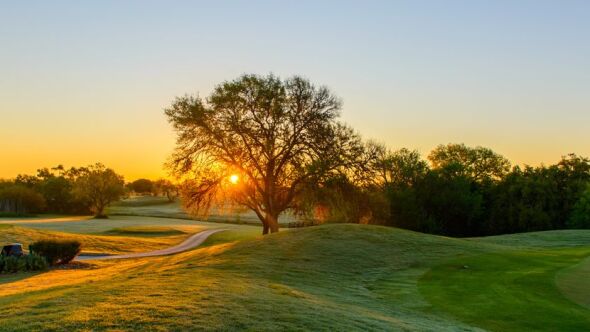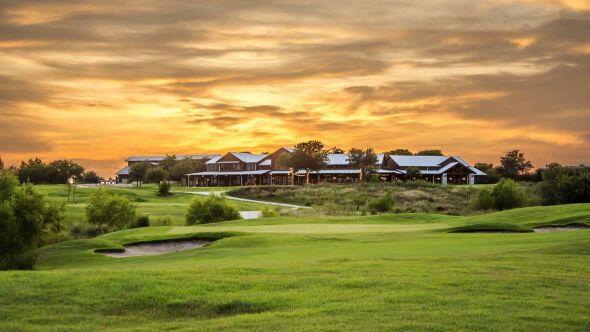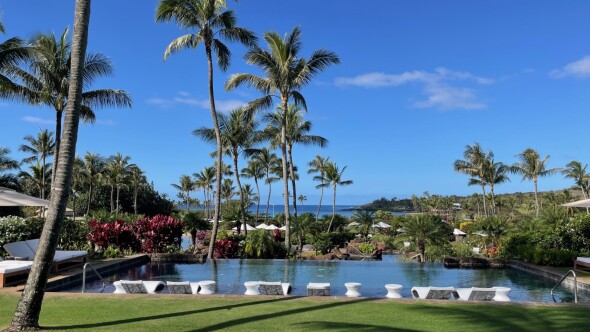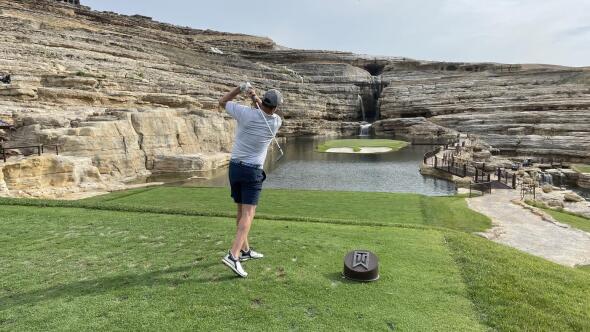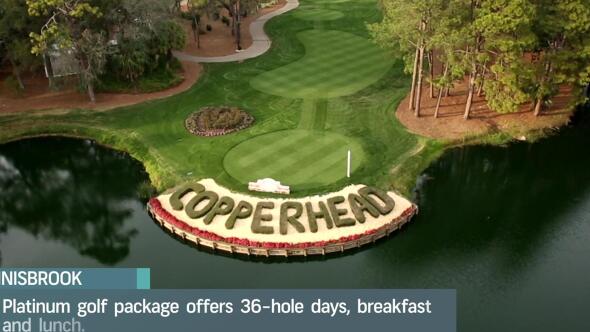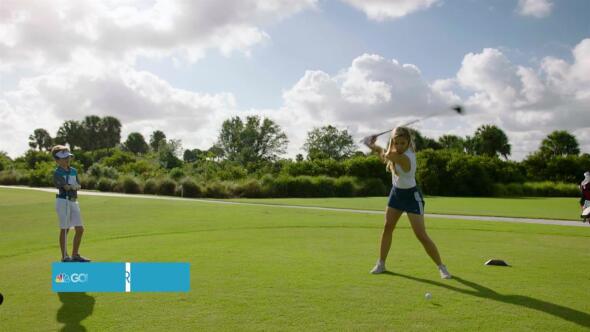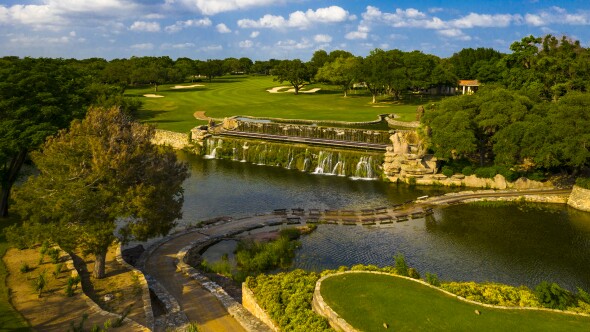San Antonio


San Antonio, Texas
Overview ()
-
About San AntonioThe most popular tourist city in the Lone Star State also has become one of Texas' best golf destinations. With the addition of the JW Marriott San Antonio Hill Country Resort and the TPC San Antonio, the Alamo City offers a wide range of golf options.Show More
As the host of both PGA Tour and Champions Tour events, the JW Marriott and TPC offers 36 holes of championship golf. It's hardly the only resort option, though, with the Westin La Cantera (former home of the Valero Texas Open), Hyatt Hill Country Resort and Tapatio Springs just outside of town in Boerne.
A nice collection of municipal golf courses, led by the restored A.W. Tillinghast-designed Brackenridge Park and a large collection of terrific daily-fee courses round out the public play options. After golf, enjoy some of the best Tex-Mex cuisine in the state around the famed Riverwalk or explore the city's old Spanish Missions, starting with the famous Alamo, just minutes from downtown.
-
Named part of the "Top 100 Golf Resorts in North America" by Golf Magazine, and home to three award-winning golf courses, an exclusive member course and a unique 18-hole competitive putting course in miniature, Horseshoe Bay Resort is the ultimate destination for your golf getaway.
-
Whether you’re in the spectator gallery or lining up your ball on the tee, your round of golf, golf vacation or outing at a TPC will be unforgettable...
Top Rated Golf Courses in San Antonio Area
Courses with the highest golfer ratings (minimum 10 reviews to qualify) -
Top Destinations
Courses ()
-
Courses Map
Courses
-
-
-
-
-
-
-
-
San Antonio, TexasMilitary/Public
-
-
-
-
-
San Antonio, TexasPublic/Municipal
-
-
-
-
-
San Antonio, TexasPublic/Resort
-
-
-
-
-
-
-
-
-
-
-
-
-
-
-
Fair Oaks Ranch, TexasPrivate
-
Fair Oaks Ranch, TexasPrivate
-
-
-
-
-
-
-
Articles ()
Read more
Trip content from our editorial staff
Videos ()
Latest trip videos
Offers ()
Horseshoe Bay, TX
Golf Packages
FROM $377 (USD)














